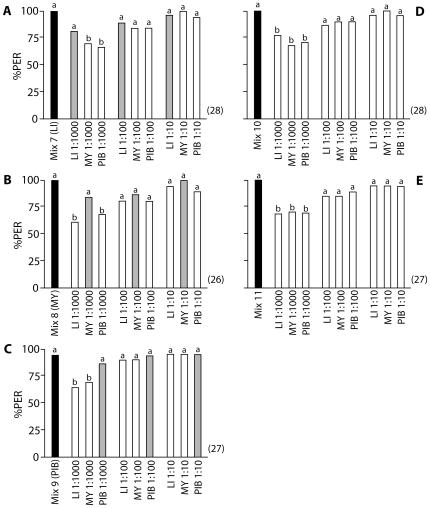Figure 4. Effect of Odorant Concentration on Key Odorant Signatures.
The ordinate represents the percentage of proboscis extensions (PER) to the training mixture (black bars), and to different concentrations of the individual test odorants that the mixture was composed of (grey and white bars). Training mixtures were composed of the same three odorants, but with one odorant at higher concentration than the other two. Grey bars indicate response to the odorant that was present at the high concentration in the respective training mixture. (A) Bees were trained to mixture 7, which contained LI at 1∶10; (B) bees were trained to mixture 8, which contained MY at 1∶10; (C) bees were trained to mixture 9, which contained PIB at 1∶10; (D) bees were trained to control mixture 10, which contained all odorants at 1∶100; (E) bees were trained to control mixture 11, which contained all odorants at 1∶10. The numbers in brackets indicate the numbers of bees trained and tested in each experiment. Different letters above bars indicate significant differences between PER to the training mixture and to the individual odorants (McNemar test [2×2 Table], Bonferroni corrected threshold p<0.0056). For mixture compositions see Table 6. Odorants are listed alphabetically by their abbreviations; for corresponding odorant names, see Table 1.

